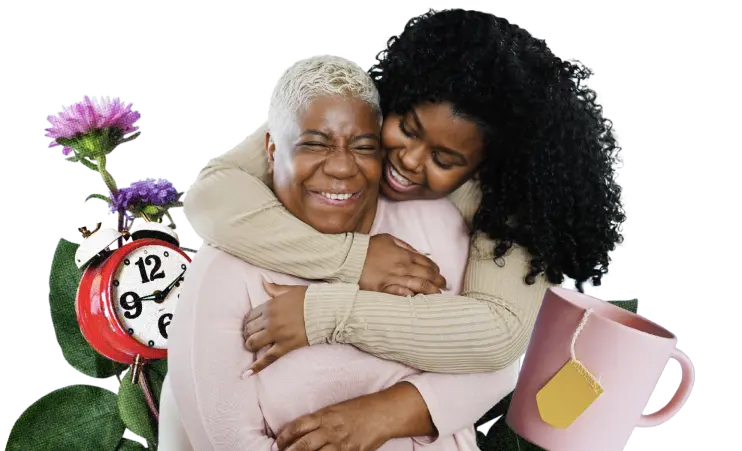
Computers, phones, interpretation and more! Assisting with communication is a crucial form of care.
Simply showing characters or talent engaging in these kinds of actions in the context of a scene makes an impact – in real people’s lives and in hooking an audience.
Care can look like:
- Helping someone use a computer or phone – something we’ve all needed at one point or another (especially after an iOS update…)
- Assisting with a video call – after 2020, we all know how rife with drama this can be
- Turning on captions – good for everyone, considering how hard it is to hear people speaking on TV these days anyway…
- Use of a speech tablet or screen reader – like an Augmentative & Alternative Communication (AAC) device – the best kind of screen time
- Translating between English speakers and speakers with limited English proficiency – also helpful in case an audience member put their dishes away during the previous line
- Interpreting between spoken language and sign language – see above ^^
A quick note: scenarios described here are generalized from information that Caring Across Generations has collected through focus groups, polling, and other research. They are generalized scenarios and are not any one individual’s story, and they are not meant to be comprehensive of all experiences having to do with care. This resource is intended to illuminate new storytelling opportunities that also contribute to a more authentic and holistic representation of care on screen.
